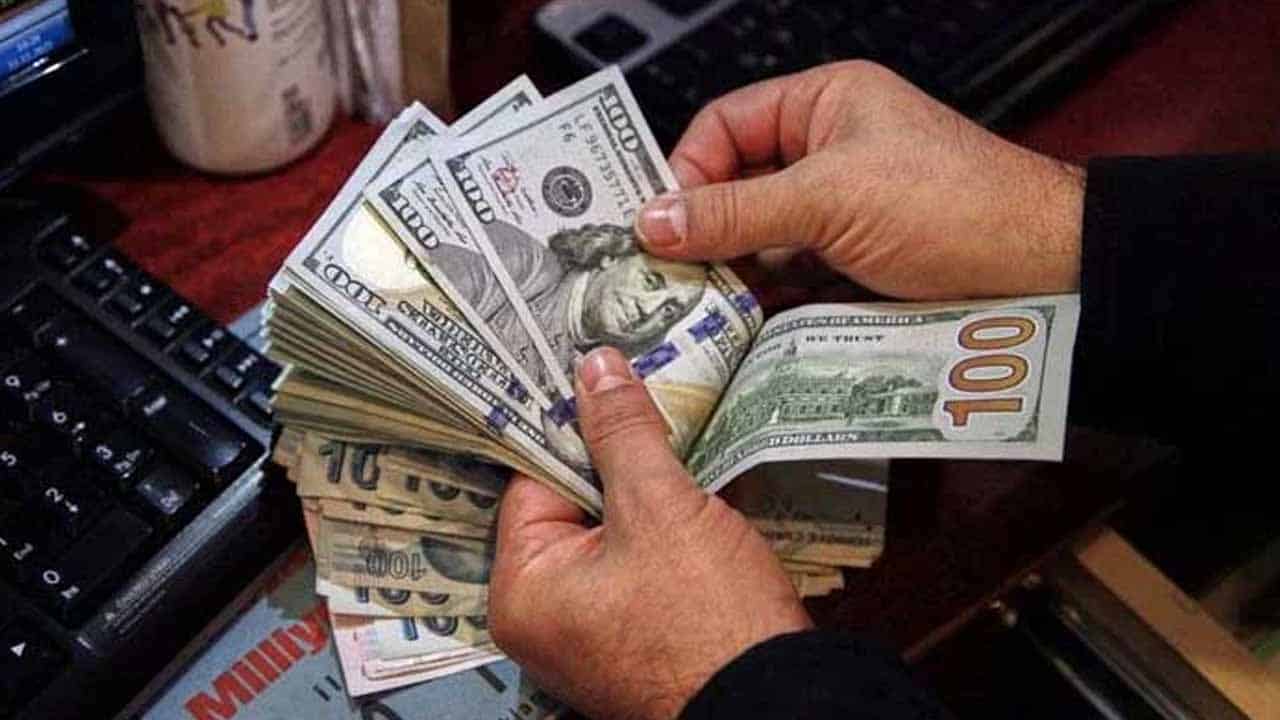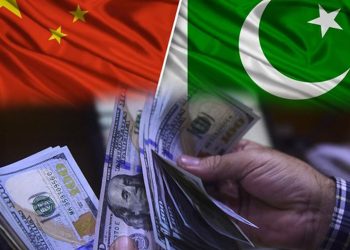The Pakistani rupee depreciated 0.01% against the US dollar during the first hours of trading in the interbank market on Monday.
Around 10:55 a.m., the rupee was trading at 285.17, a Re0.02 decline.
The rupee appreciated somewhat by 0.23% against the US dollar in the preceding week, while the spread in open market rates remained unchanged.
The currency finished at 285.15 on Friday, having gained ground in three of the previous five sessions, while its open market rate remained between 307 and 310.
The market has been under pressure due to a chronic delay in the International Monetary Fund (IMF) programme, which is set to finish in June, fear of default, and an inability to assure dollar inflows through legal channels.
Finance Minister Ishaq Dar announced on Sunday that the country will discuss its upcoming budget specifics with the IMF in order to unleash delayed funding.
“They have asked us for some more details, like the details of (the) budget, and we will give that to them,” Dar said in an interview with a private television channel.
The IMF’s $1.1 billion loan to Pakistan, part of a $6.5 billion rescue plan agreed upon in 2019, has been stalled since November.
The IMF and Pakistan held two weeks of talks in February in Islamabad to conclude the 9th review, but the lender has not yet released the money, which is critical for the South Asian nation to unlock another bilateral and multilateral financing.
Globally, the US dollar strengthened on Monday as economic resiliency in the US bolstered market expectations for additional Federal Reserve rate hikes, while news that a debt ceiling deal had been reached encouraged some risk-on optimism.
Consumer spending in the United States climbed more than predicted in April, and inflation increased, adding to evidence of a still-resilient economy.
Oil prices, a major measure of currency parity, surged on Monday after US officials achieved a tentative debt ceiling agreement, potentially averting a default in the world’s largest economy and oil user, though concerns about additional interest rate hikes limited gains.






